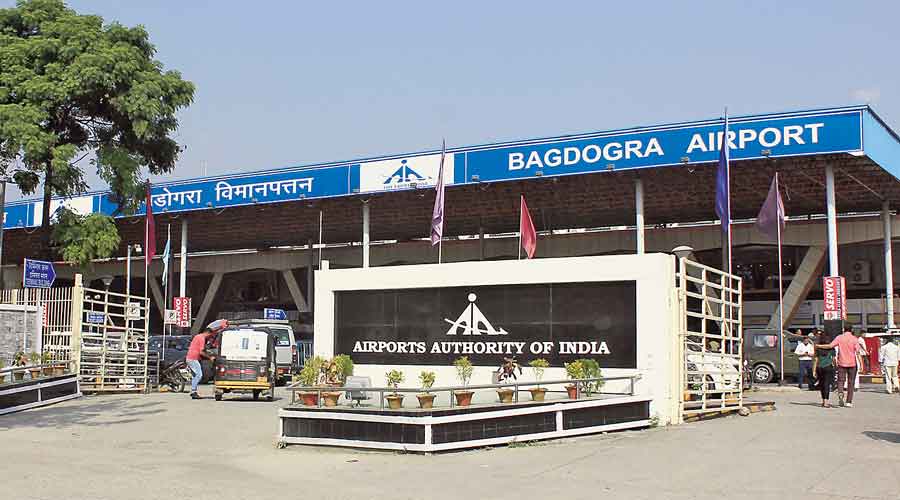Bagdogra, a scenic hill station nestled in the foothills of the Himalayas, has long been a crucial travel link for North Bengal and the Eastern Himalayan region. It serves as the key transit point for tourists heading to destinations like Darjeeling, Kalimpong, the Dooars, and Sikkim. Now, Bagdogra Airport is preparing to meet the demands of a growing number of passengers with a state-of-the-art expansion that blends modern infrastructure with sustainability.
The Airports Authority of India is currently constructing a new terminal that spans over 1.2 million square feet. Once operational, it will be capable of handling up to 1,000 passengers per hour, a significant upgrade from the airport’s current capacity. But beyond size and speed, what makes this development stand out is its focus on climate resilience and environmental responsibility.
The architecture of the new terminal takes inspiration from the majestic Himalayan surroundings. Designed by CP Kukreja Architects, the structure features pitched roofs and vertical aluminium fins meant to mimic the contours of the Kangchenjunga mountain range and the undulating terrain of Darjeeling’s tea gardens. These design choices create a sense of local identity while also fulfilling a functional purpose.
Given the region's vulnerability to flooding, the new terminal has been carefully planned with strong climate-adaptive measures. The site will include advanced stormwater management systems with culverts, retaining walls, and drainage channels that ensure safety and functionality even during heavy rains.
The terminal is also aiming for a net-zero carbon footprint. It will include passive cooling techniques, energy-efficient low-emissivity glazing, and solar energy systems. The vision is to make Bagdogra not just a transit hub, but also a model for green airport infrastructure in India. With sustainability becoming a global priority, Bagdogra’s transformation signals a progressive shift in the way India is reimagining regional airports.
This ambitious makeover was announced earlier this year and will be executed in two major phases. The first phase involves building a 70,400 square metre terminal with the full capacity upgrades for passenger movement. The second phase will add another 50,000 square metres, along with improvements to runways and taxiways, ensuring long-term scalability.
For context, Bagdogra Airport currently functions as a civil enclave, operating domestic services and limited international flights to places like Bangkok and Paro. Though compact in size, it plays an outsized role in regional connectivity and tourism. With this new terminal, Bagdogra is on track to emerge as a benchmark for sustainable aviation infrastructure while significantly enhancing passenger experience.
From the design inspired by the Himalayan landscape to its eco-conscious systems, this transformation will not only reduce congestion but also make travel to and from North Bengal far more comfortable and efficient. It is a much-needed development for a region witnessing growing footfall every season.
To stay updated on India’s most exciting travel developments and hidden gems, follow Travel Moves on Instagram and Facebook.








